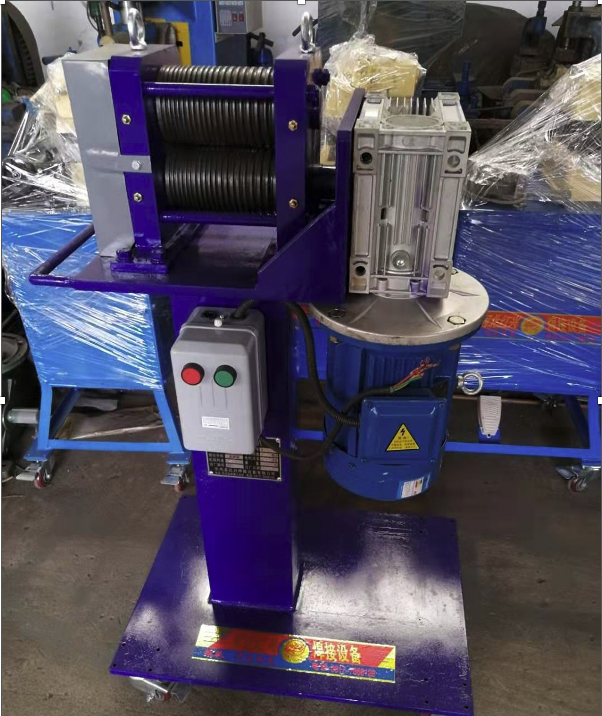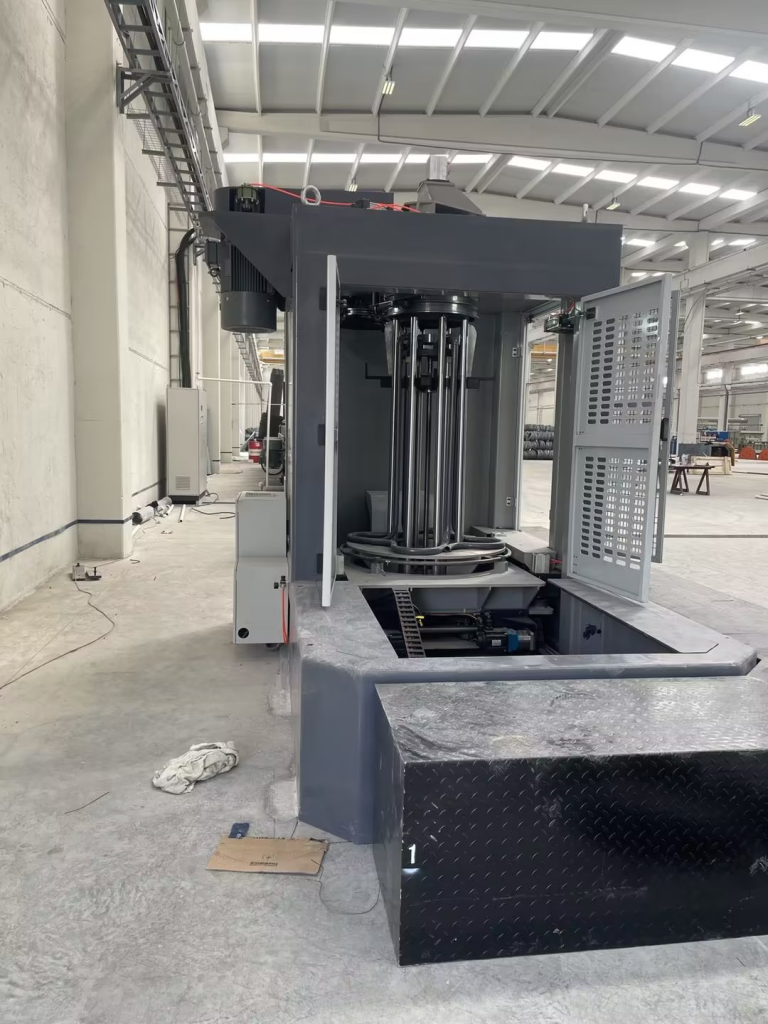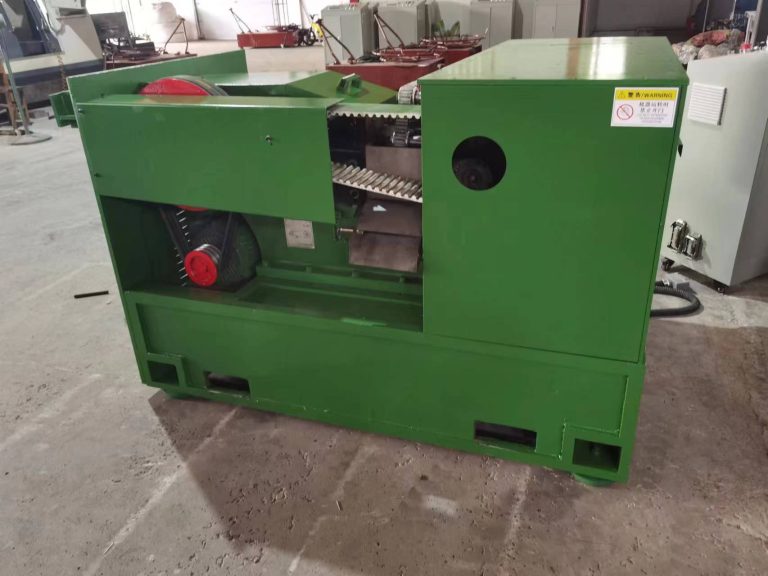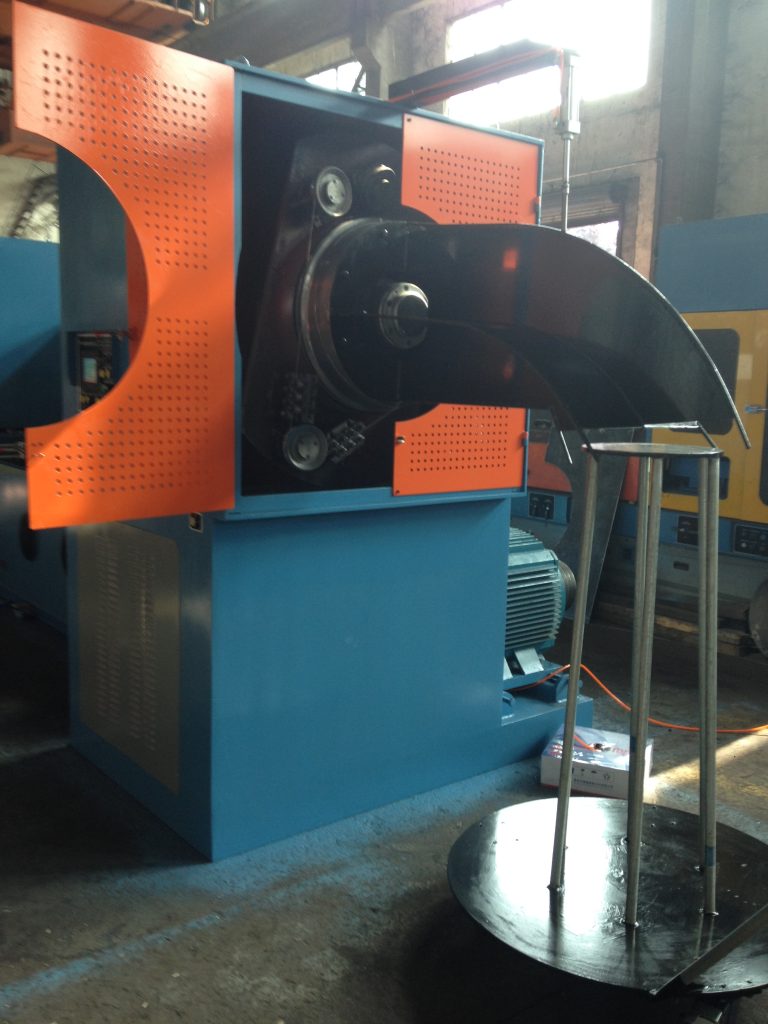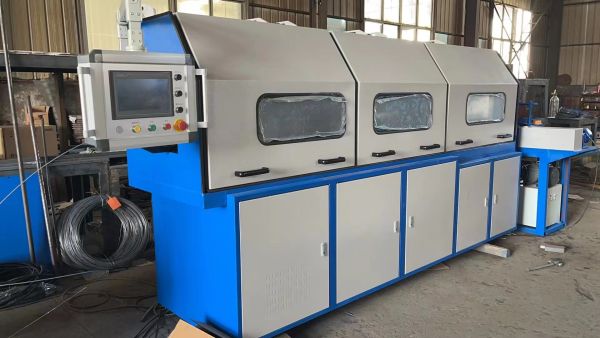Table of Contents
a Wire Drawing Machine in Industrial Processes
Wire drawing is a process used in various industries to reduce the diameter of a wire by pulling it through a series of dies. This process is essential for producing wires of different sizes and shapes that are used in a wide range of applications, from electrical wiring to construction materials. One of the key tools used in wire drawing is a wire drawing machine, which automates the process and ensures consistent results.
There are several benefits to using a wire drawing machine in industrial processes. One of the main advantages is the ability to produce wires with precise dimensions. By controlling the speed at which the wire is pulled through the dies and the size of the dies themselves, manufacturers can create wires with the exact diameter required for their specific application. This level of precision is difficult to achieve manually and can result in higher quality products.

Another benefit of using a wire drawing machine is the ability to increase production efficiency. These machines are capable of drawing wire at high speeds, allowing manufacturers to produce large quantities of wire in a relatively short amount of time. This can help companies meet tight deadlines and fulfill customer orders quickly and efficiently. Additionally, the automation provided by wire drawing machines reduces the need for manual labor, saving time and labor costs for the manufacturer.
In addition to precision and efficiency, wire drawing machines also offer improved quality control. These machines are equipped with sensors and monitoring systems that can detect any deviations in the wire diameter or quality during the drawing process. This allows operators to make adjustments in real-time to ensure that the final product meets the required specifications. By catching any defects early on, manufacturers can avoid costly rework and ensure that only high-quality wires are produced.
Furthermore, using a wire drawing machine can also lead to cost savings for manufacturers. While the initial investment in a wire drawing machine may be significant, the long-term benefits can outweigh the upfront costs. By increasing production efficiency and reducing the need for manual labor, manufacturers can lower their overall production costs and improve their bottom line. Additionally, the ability to produce wires with precise dimensions can reduce material waste and minimize scrap, further contributing to cost savings.
Overall, the process of wire drawing using a wire drawing machine offers numerous benefits for manufacturers in various industries. From increased precision and efficiency to improved quality control and cost savings, these machines play a crucial role in the production of high-quality wires for a wide range of applications. By investing in a wire drawing machine, manufacturers can streamline their production processes, enhance product quality, and ultimately improve their competitiveness in the market.
Step-by-Step Guide to Operating a Wire Drawing Machine for Optimal Results
Wire drawing is a process used to reduce the diameter of a wire by pulling it through a series of dies. This process is commonly used in the manufacturing of electrical wiring, cables, and various types of metal products. Wire drawing machines are essential equipment for this process, as they provide the necessary tension and force to pull the wire through the dies.
To operate a wire drawing machine effectively, it is important to follow a step-by-step process to ensure optimal results. The first step in operating a wire drawing machine is to prepare the wire for drawing. This involves cleaning the wire to remove any dirt or debris that could cause damage to the dies. Once the wire is clean, it is fed into the machine and secured in place.
The next step is to set the machine to the desired speed and tension. This will vary depending on the type and diameter of the wire being drawn. It is important to carefully adjust these settings to prevent the wire from breaking or becoming damaged during the drawing process.
Once the machine is set up, the wire drawing process can begin. The wire is pulled through a series of dies, each one slightly smaller than the last. As the wire passes through the dies, it is compressed and elongated, reducing its diameter and increasing its length. This process is repeated multiple times until the wire reaches the desired diameter.
Throughout the drawing process, it is important to monitor the tension and speed of the machine to ensure that the wire is being drawn properly. If the tension is too high, the wire may break, while if it is too low, the wire may not be drawn to the desired diameter. Adjustments may need to be made to the machine settings as needed to achieve the desired results.
Once the wire has been drawn to the desired diameter, it is important to inspect it for any defects or imperfections. Any flaws in the wire could compromise its strength and durability, so it is important to carefully examine the wire before it is used in any applications.
In conclusion, operating a wire drawing machine requires careful attention to detail and precision. By following a step-by-step process and monitoring the machine settings throughout the drawing process, optimal results can be achieved. Proper preparation of the wire, setting the machine to the correct speed and tension, and inspecting the wire for defects are all essential steps in the wire drawing process. With practice and experience, operators can master the art of wire drawing and produce high-quality wire for a variety of applications.

